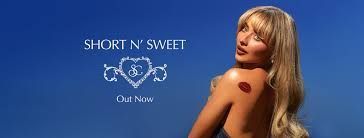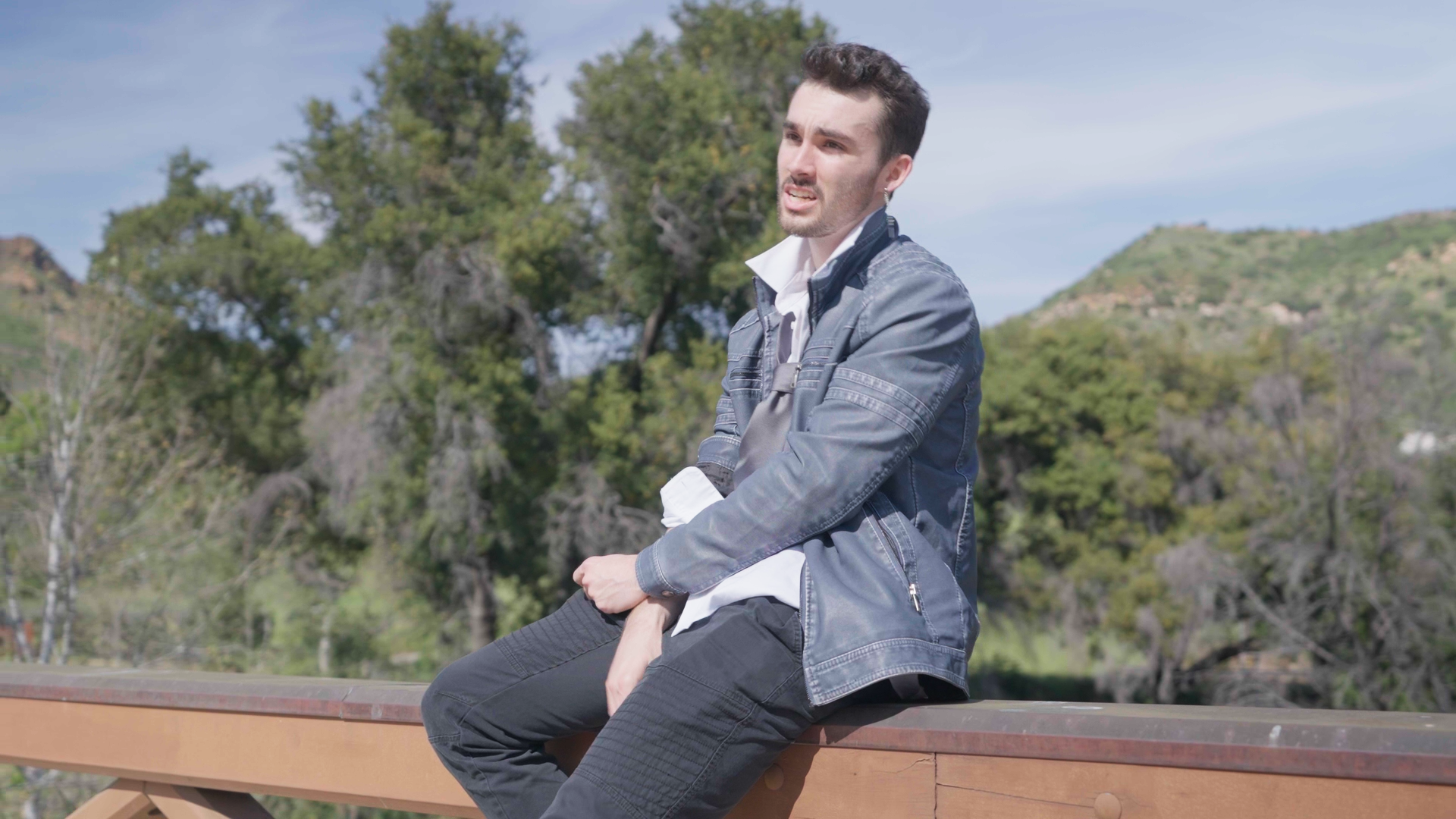Journal Log: The making of Need You to Know
This is the story behind the song.
I've written a lot of music. At the time of writing NYTK I had probably written a thousand or so songs. A lot of them followed the same formula, others emulated things that I listened to, but this project was entirely my own. I created this song as part of a class that I took on Monthly with Ryan Tedder, so it had a deadline for the rough version, but I felt like that version was actually very close to what would be the final. But I'm getting a little ahead of myself. How did it start?
This song was the second project in my monthly class, and it was centered around making a danceable tune with a high-energy chorus. So naturally I started with the chorus. I sort of mumbled a chorus melody that I had absolutely no words for, but I knew it felt right. Eventually the words "I need you to know" came to me, and the first phrase "cuz there's something 'bout your smile, that drives me wild." From there, I was pretty much off to the races.
I remember shortly after writing the chorus and the verse of the song, I met up with some of my friends on a hike (we called it "Plant hike" because our biology major friends would point out the various flora and recite their taxonomy for us, a novelty really, but a neat party trick) and I told them "Guys I think I've got a really good song coming soon." I had the foresight to actually bounce a file of it, and they gave it a listen and said "Dude I need this song NOW!!!" which is always nice to hear.
Song production
So like I said earlier, at this point I had a verse, which consisted of a cool and spacious baseline, some claps that I recorded myself and stacked together to sound like a group, a kick sample, and an octave double of my vocal underneath the lead. I really like it when choruses feel a lot bigger than the verse, and seemingly come out of nowhere, and I think this song is an example of my preference for that kind of production. I also practiced following Ryan Tedder's 4 bar rule which basically states, every 4 bars of a song needs to add a new element to make it build. It doesn't have to be something that takes up a lot of space, it just has to be different to keep the listener engaged. So whether that's adding in a hi-hat, changing the melody to a pre-chorus melody, switching the baseline, adding a new synth part, adding a vocal layer, etc. it just needs to keep you hooked and listening all the way through. I think this philosophy is really smart for pop writing, and I still follow it today.
For the chorus, I built a foundation with the ovox vocal ReSynthesizer from waves, and that thing is so much fun to play around with, I feel like I always get a cool vocal reharmonization when I'm done. From there, I structured the chords and harmonies around the tones I was getting from the Ovox instrument and found the main progression. Sometimes, it can be hard to work with, because the overtones of that thing get a little out of hand, so I'll EQ out the bits I don't like and the things that clash with the chords I'm hearing, but in this case, I really wanted it to carry a lot of the space and weight of the chorus so I pretty much just let it be.
Song Philosophy
Now I feel like I should address more songwriting philosophy: variance. I HATE when I listen to a song, and I can predict exactly what the next verse and next chorus is going to sound like, and I know the exact bar structure and exact melody and all the instruments just based off of what I heard from the first chorus and verse. So I always make sure the first verse and the second verse sound different and distinct, even if the lead melody is the same. That way, if anyone is listening to just a part of my song, they should be able to tell me if it's the first verse or the second verse if they've heard the song enough times. Same with choruses. The second chorus should always be bigger than the first, but shouldn't have any more core elements than the first. That's something that's really hard to negotiate with songwriting and producing. For example, in my song Mixed Signals I made the mistake of the first chorus being too much of a drop chorus and the second chorus is really where the song begins to shine. I wanted to try something new, for the sake of variance, but I went a little too extreme on that song. They almost sound like two completely separate songs from chorus to chorus.
So my second chorus adds guitars, harmonies, hi-hats, and some textural elements to make it a different listening experience compared to the first chorus, but still has the core synthesizers, vocal layers, and beat as the first chorus. Then the song takes a twist and skips the traditional bridge section popularized by 2000's pop songs, and just goes straight into another chorus, or a double chorus. I like this approach when the choruses are contrasting enough to make it interesting, and I think I accomplished that with this song because the last chorus is a drop chorus for half of it (pretty much only vocals and claps) and then comes back in at full force while maintaining the new elements developed in the drop chorus.
Production Tricks
So we made it through the structure of the song, and A LOT of my song writing philosophy, but here's some weird things I did with this recording:
- The octave down vocal melody was using Little Alter Boy by SoundToys, I had just purchased this plugin and decided to mess around with it here, definitely worthwhile.
- The laugh before the second chorus was just an impromptu "oh I think this would sound cool" moment. I like putting little elements of humanity into my songs that show I'm more than just a song machine. Although that laugh was entirely fabricated and I did it just to sound cool.
- Vocal harmonies in the drop chorus. I've always loved the sound of vocal Resynthesizers, and I had Ovox, but it wasn't giving me the sound I wanted (thinking of Whatcha Say Justin Bieber remix haha) so I recreated it with my own vocals and rather heavy autotune to give it that sound.
- Claps. I recorded about 2 bars of me clapping on the 2 and 4 beats, and then just cut them and stacked them all on top of each other into one clap "sound" to make the claps really meaty and sound like a audience clapping. I use this a lot for different production elements where I have a short transient sound that I want to make sound huge.
Put all that together and you have Need You to Know plain and simple. I submitted that version for my class and people really liked it, and the peers who reviewed it in my class said they noticed my improvement from the last song, so I was really happy with the product.
After that, I "mixed" and "mastered" it according to Ryan Tedder's instructions (Ryan really didn't teach much about this process, and if I can, I might go back and re-release this song with the knowledge I have now about mixing and mastering) and released it.
Thanks for reading! Let me know if you found this blog interesting!
All Rights Reserved | Brendan Baker Publishing



